We love our trees, here in Santa Barbara and across the nation, where we designate annual Arbor Day celebrations by planting, appreciating, and walking among them. While most of our states set aside the last Friday of April for Arbor Day, California has historically observed it to coincide with the birthday of horticulturist Luther Burbank on March 7. The week following was formerly known as Burbank Week, now Arbor Week.
Santa Barbara’s Urban Forest boasts some 35,000 street trees, 9,000 trees in parks, and another 30,000 in open spaces. Urban Forest Superintendent Nathan Slack noted that the city has several Arbor Day observations planned. “We’ll be reading the annual Arbor Day proclamation at City Council on March 12 this year,” he said, “and celebrating at a school or two to do a tree planting ceremony. It’s our intent to continue to keep celebrating Arbor Week in lieu of Arbor Day in coming years as well.”
The Man Who Planted Trees
As President of the City’s Park Commission from 1902 to 1920, Augustus Boyd Doremus planted hundreds of species of trees all over Santa Barbara. Alameda Park was his favorite spot for plowing and planting, and where a plaque memorializes him today.
Doremus once owned an entire city block where he built his home at the corner of Anapamu and Salsipuedes streets and used the rest of it for a nursery. He planted exotic seeds there and established beautiful gardens fit for royalty — he hosted an outdoor soiree for the King and Queen of Belgium. Years later, when the apartment complex was built on the property, the buildings were required to be situated around the long-established specimen trees.


[Click to enlarge] Portrait of Augustus Boyd Doremus (left) and the Doremus Plaque. | Credit: Courtesy Gledhill Library; Cheri Rae
The Trees He Planted
The five-block-long stand of Italian stone pines was planted in the 1920s by Doremus and his friend Francesco Franceschi. For decades, the iconic canopy has shaded Anapamu Street and beautified the Eastside. Today, the City Landmark stand of trees is stressed, due to a combination of factors, including age, a changing natural and built environment, and what appears to be benign neglect of the historic trees. When designated, they numbered 79, today just 57, and there seem to be no apparent plans for replacement when these historic trees are lost. We can only hope the severely pruned tree on the 800 block is not a harbinger for the other specimens on this street.
Other Living Landmarks
The City of Santa Barbara has designated several trees as City Landmarks in addition to the blocks-long stand of Italian stone pines on Anapamu Street. They include the well-known Moreton Bay Fig Tree near the train station, now fenced off for protection; the Tree of Light, decorated at holiday time; and the five eucalyptus trees at the Central Library.
In 1941, when the Moreton Bay Fig was said to be 65 years old, the city’s engineering department estimated that 9,500 people could stand beneath its shade at noon, as reported in the Works Project Administration guide to Santa Barbara.

California Conservation Council
In 1935, when Pearl Chase founded the California Conservation Council, March 7-14 was designated “Conservation, Bird, and Arbor Day,” and eventually, “California Conservation Week,” a part of her year-round campaign to “Save Space for Beauty.”
In a pamphlet titled “Tree Planting and Arbor Day,” she wrote, “Arbor Day should be a day of dedication of service to school, community, and state, and of tribute to those who have shown us the way.” Working with the California Department of Education, she developed a curriculum in outdoor education for public school children with the suggestion that superintendents of each school district initiate and oversee conservation efforts. Determined to beautify the environment — both built and natural — she wrote a poem extolling “Thrilling vistas seen through towering trees” and was adamant that buildings should be no taller than the tallest trees.
Pearl and her brother, Harold, were honored for their concern for civic improvement and the environment with Chase Palm Park along the beachfront as well as the Pearl Chase Garden at UCSB, featuring a Chase oak, a unique species named for Harold, who is credited with identifying it on his ranch near Gilroy.

Anapamu Street circa 1920s | Credit: Courtesy Gledhill Library
The City Beautiful
Founded in 1965, the nonprofit Santa Barbara Beautiful has lived up to its name, celebrating the natural and built environment in many ways — including a focus on trees. It has teamed with the city, planting more than 13,000 street trees. For years, it has highlighted the tree of the month, providing information and fine images of the intriguing variety of species that enhance our environment. The organization also sponsors the Commemorative Plaque program to honor beloved individuals, animals, or even organizations by dedicating a memorial plaque near a selected street tree.
To learn more about Santa Barbara’s urban forest, visit: sbparksandrec.santabarbaraca.gov/programs-services.
Cheri Rae is a longtime neighborhood advocate and the author of A String of Pearls: Pearl Chase of Santa Barbara. She is a board member of the Pearl Chase Society, and the longtime editor of the society’s newsletter “The Capital,” where this article first appeared. Email Cheri at pcs@pearchasesociety.org or visit pearlchasesociety.org.
Premier Events
Sat, Dec 20
10:00 AM
Santa Barbara
Mosaic Holiday Markets
Sun, Dec 21
10:00 AM
Santa Barbara
Mosaic Holiday Markets
Wed, Dec 31
9:00 PM
Santa barbara
NEW YEAR’S Wildcat Lounge
Sat, Dec 20
10:00 AM
Santa Barbara
Mosaic Holiday Markets
Sat, Dec 20
2:30 PM
Santa Barbara
Santa Barbara Revels Presents “The Celestial Fools”
Sat, Dec 20
7:30 PM
Santa Barbara
State Street Ballet – “The Nutcracker “
Sun, Dec 21
2:00 PM
Santa Barbara
Ensemble Theatre Company Presents “The Complete Works of Jane Austen, Abridged”
Fri, Dec 26
7:00 AM
Solvang
Solvang Julefest
Sat, Dec 27
7:00 PM
Santa Barbara
Schnack ‘n Bari Jazz Trio at Roy
Wed, Dec 31
6:15 PM
Santa Barbara
NYE 2026 with SB Comedy Hideaway!
Wed, Dec 31
9:00 PM
Santa barbara
NEW YEAR’S Wildcat Lounge
Wed, Dec 31
10:00 PM
Santa Barbara
In Session Between Us: Vol. I NYE x Alcazar
Wed, Dec 31
10:00 PM
Santa Barbara
NYE: Disco Cowgirls & Midnight Cowboys
Sat, Dec 20 10:00 AM
Santa Barbara
Mosaic Holiday Markets
Sun, Dec 21 10:00 AM
Santa Barbara
Mosaic Holiday Markets
Wed, Dec 31 9:00 PM
Santa barbara
NEW YEAR’S Wildcat Lounge
Sat, Dec 20 10:00 AM
Santa Barbara
Mosaic Holiday Markets
Sat, Dec 20 2:30 PM
Santa Barbara
Santa Barbara Revels Presents “The Celestial Fools”
Sat, Dec 20 7:30 PM
Santa Barbara
State Street Ballet – “The Nutcracker “
Sun, Dec 21 2:00 PM
Santa Barbara
Ensemble Theatre Company Presents “The Complete Works of Jane Austen, Abridged”
Fri, Dec 26 7:00 AM
Solvang
Solvang Julefest
Sat, Dec 27 7:00 PM
Santa Barbara
Schnack ‘n Bari Jazz Trio at Roy
Wed, Dec 31 6:15 PM
Santa Barbara
NYE 2026 with SB Comedy Hideaway!
Wed, Dec 31 9:00 PM
Santa barbara
NEW YEAR’S Wildcat Lounge
Wed, Dec 31 10:00 PM
Santa Barbara
In Session Between Us: Vol. I NYE x Alcazar
Wed, Dec 31 10:00 PM
Santa Barbara

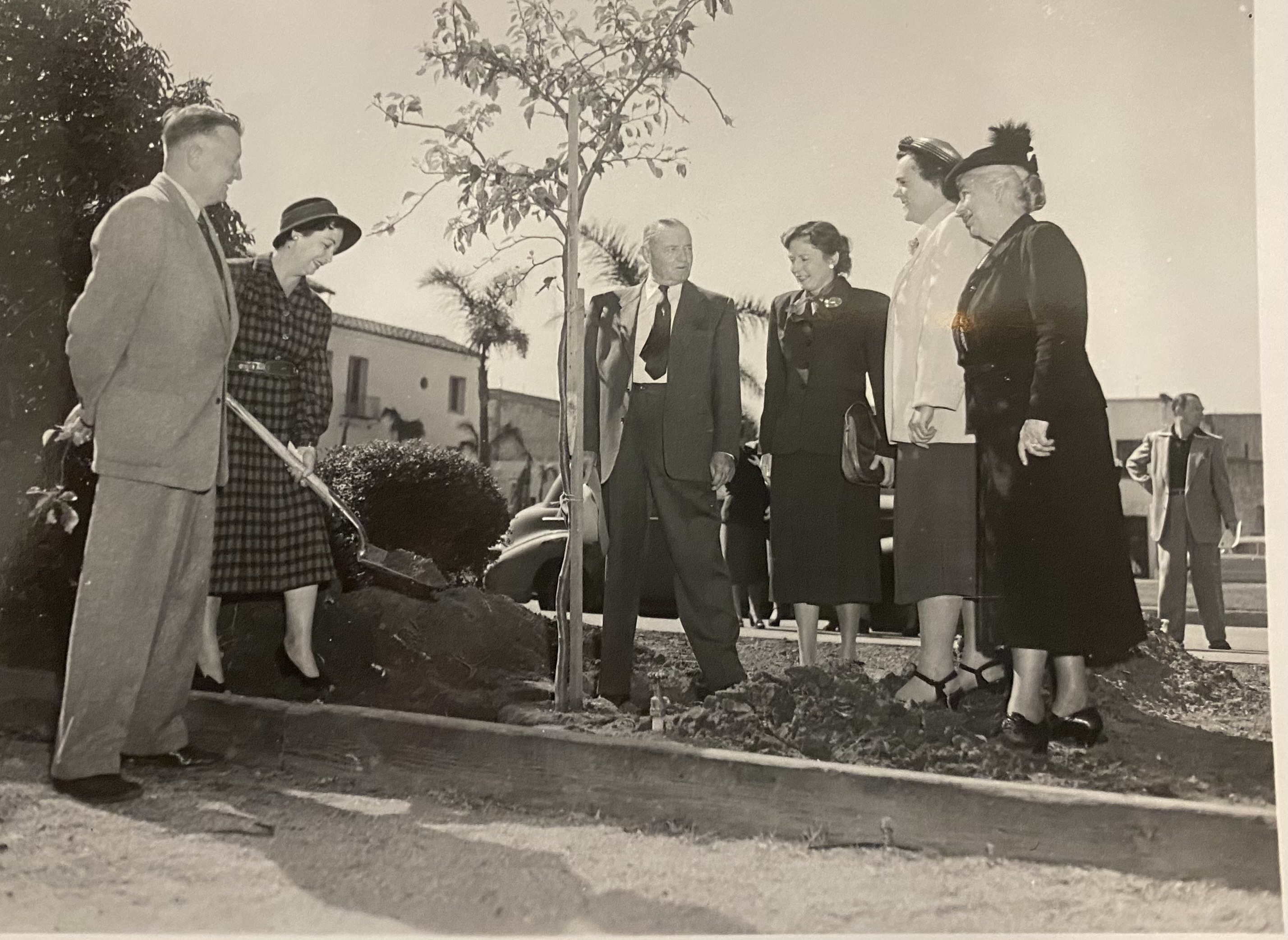
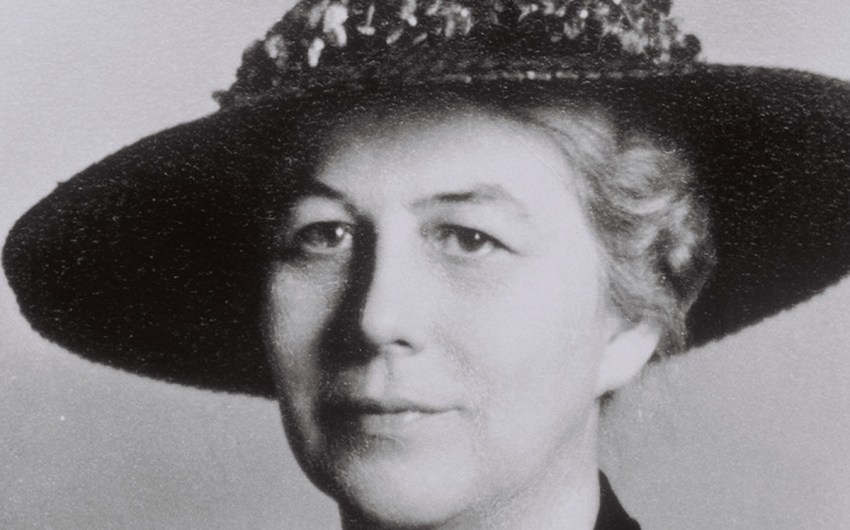
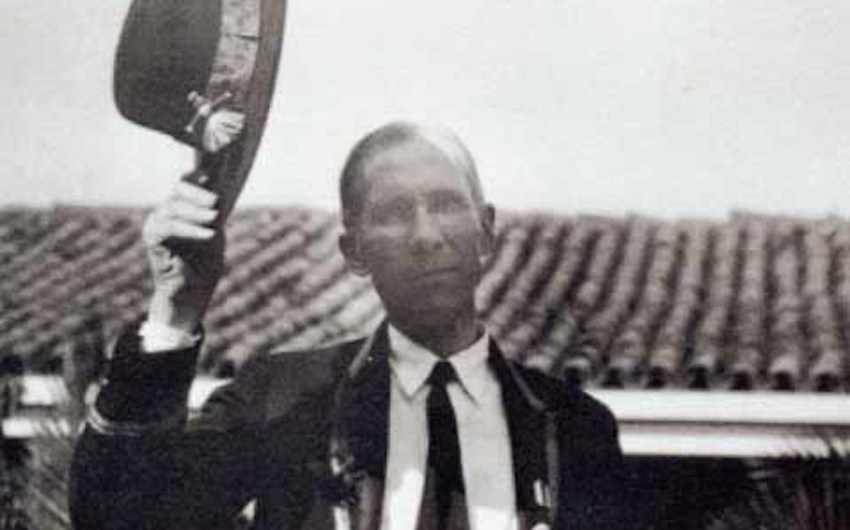
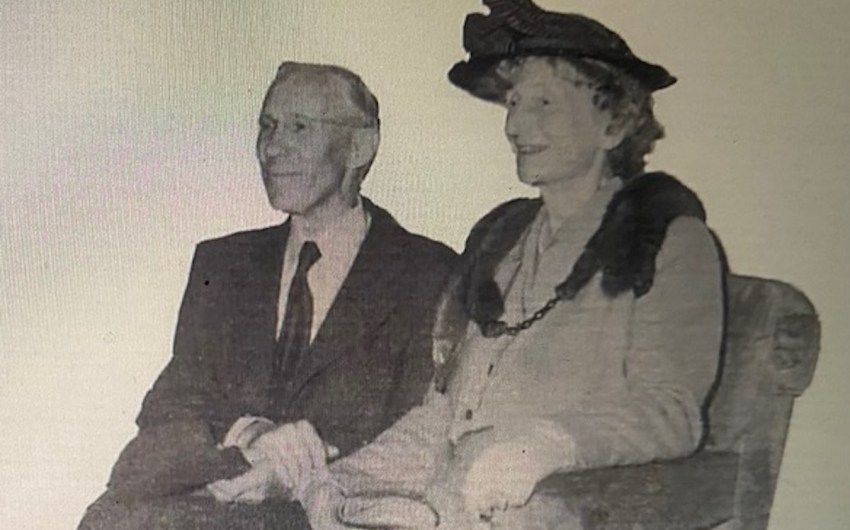


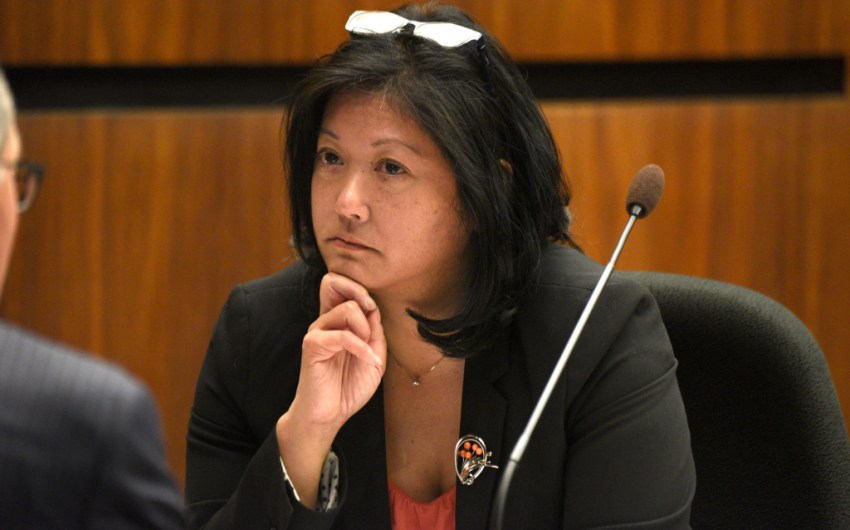



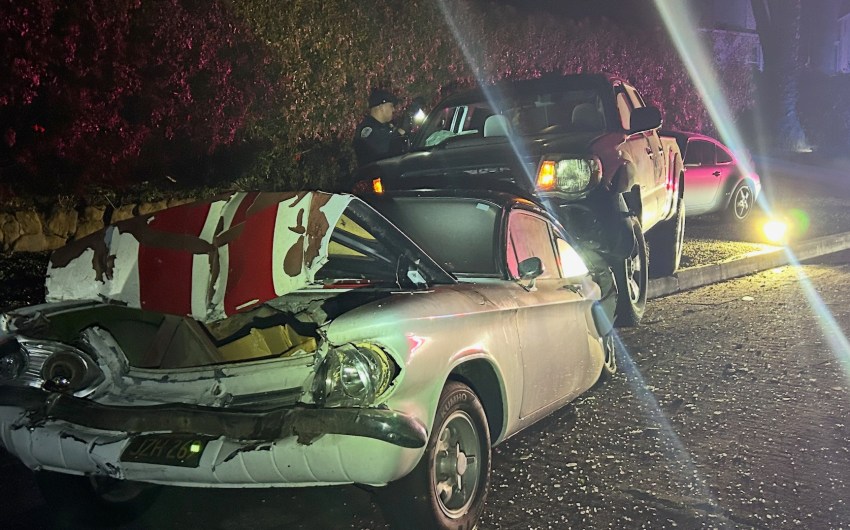
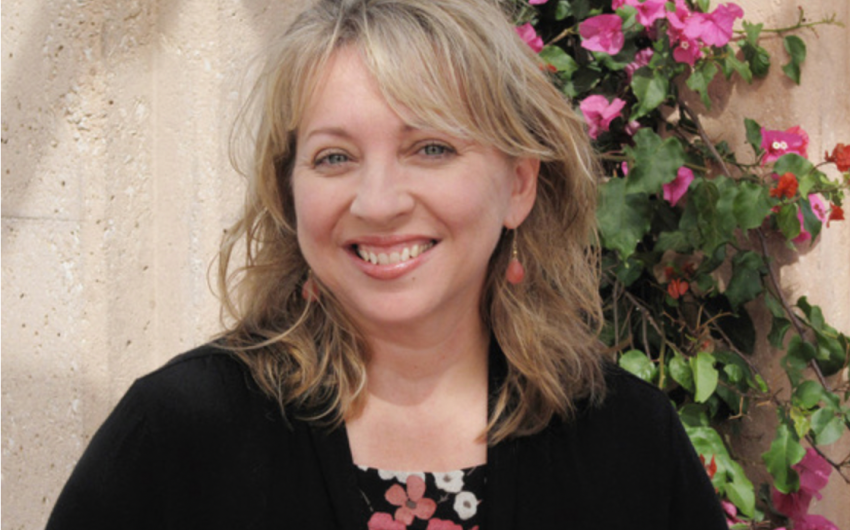
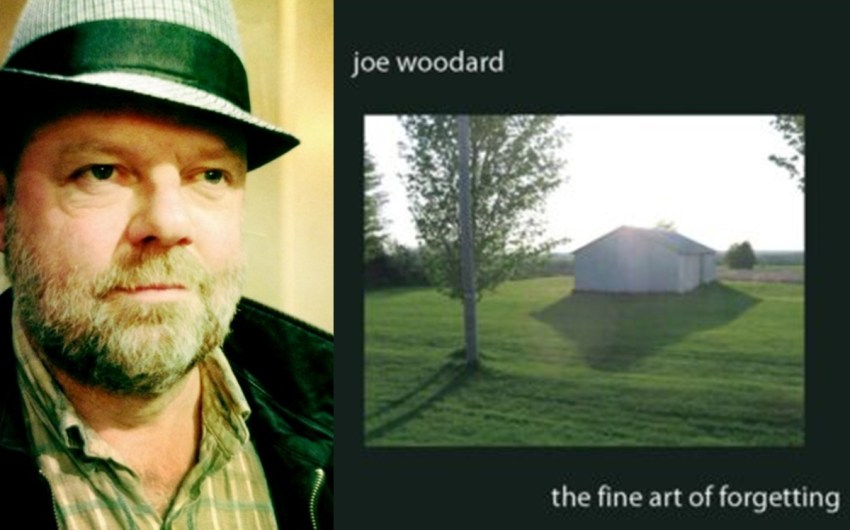


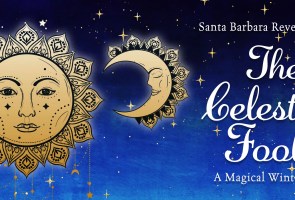
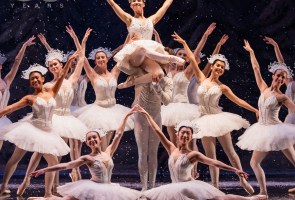
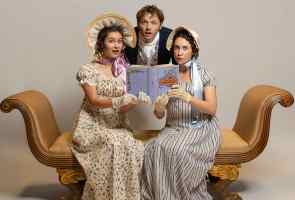
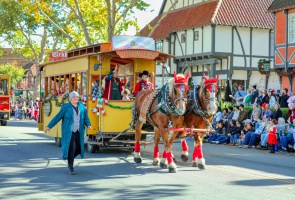
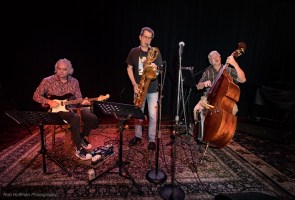



You must be logged in to post a comment.